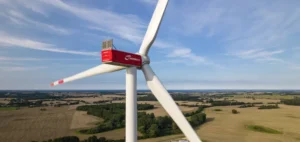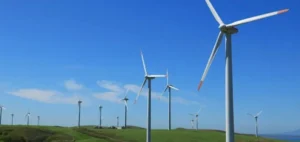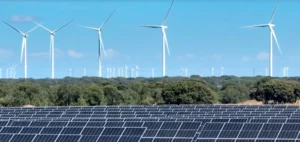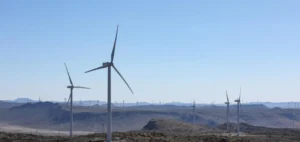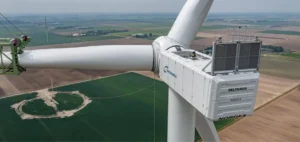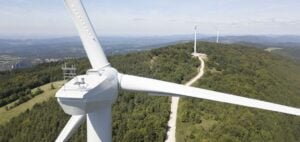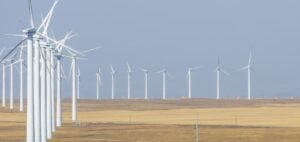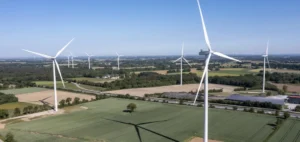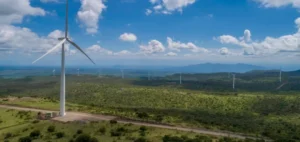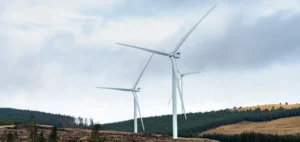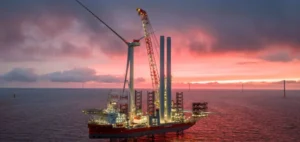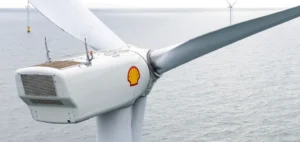He Dreiht, a 960 MW offshore wind project developed by Energie Baden-Württemberg AG (EnBW), has begun feeding electricity into the grid, marking a key milestone for a project realised without direct public subsidies. Originating from a “zero-cent” auction awarded in 2017, it is one of the few projects from that cycle to reach operational status on schedule. Full completion is expected during the second quarter of 2026, with a progressive ramp-up already under way.
A hybrid financial structure combining PPAs and merchant exposure
The project’s economic model is based on power purchase agreements (PPAs) with Fraport, Bosch, Evonik and Salzgitter, covering around 335 MW of capacity. The remaining output will be traded on the spot market. This hybrid structure mitigates price volatility risks, with average offshore capture prices in Germany reaching approximately €84/MWh in 2025. The European Investment Bank provided €600mn in financing, alongside equity from a consortium composed of Allianz Capital Partners, AIP Management and Norges Bank Investment Management.
European industrial and institutional partners
The project uses 15 MW turbines supplied by Vestas, among the most powerful on the market, installed on gravity-based foundations about 110 km west of Heligoland. Grid connection is handled by German-Dutch transmission system operator TenneT, within an expanding HVDC architecture across the North Sea. The fully European value chain stands out in a market increasingly exposed to Chinese suppliers, which have raised regulatory concerns in Brussels.
Recent auction failure and upcoming regulatory shift
While He Dreiht enters service, the latest German offshore wind tender failed to attract any bids for 2.5 GW, exposing the limitations of the “negative bidding” model in which developers pay fees for construction rights. The Federal Ministry for Economic Affairs and Climate Action is preparing to switch to contracts for difference (CfD) starting in 2026 to restore the bankability of large-scale projects.
He Dreiht as geopolitical lever and industrial showcase
Germany remains behind its 30 GW by 2030 offshore target, with only 9.2 GW installed by mid-2025. He Dreiht and associated projects are expected to raise that figure to around 11 GW by the end of 2026. The commissioning of this project strengthens Germany’s industrial base and sends a signal to markets and European partners about the country’s ability to deliver complex projects amid a shifting regulatory environment.
Impact on the North Sea supply chain
The construction process involves critical industrial resources in a high-density project zone, where several GW of capacity are under development. He Dreiht shares some infrastructure with neighbouring EnBW projects Hohe See and Albatros, creating an operational and maintenance cluster based in Emden. This clustering may partially mitigate cost pressures and workforce constraints.
Legal framework and absence of Chinese suppliers
The project operates under Germany’s WindSeeG framework, with regulatory oversight from the Bundesnetzagentur. None of the suppliers involved are currently under investigation under the European Union’s Foreign Subsidies Regulation. This independence from Chinese supply chains may become a strategic asset in future tenders, particularly if EU trade defence instruments are reinforced.



